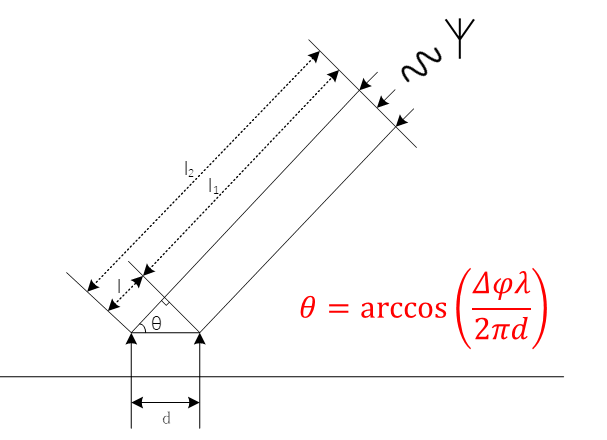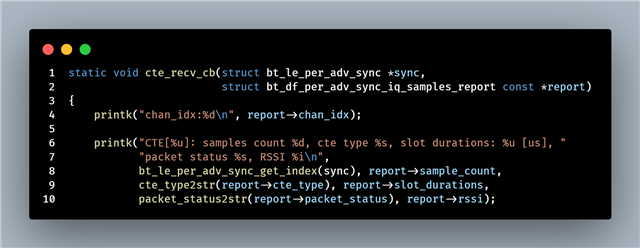Hello, the CTE signal for Bluetooth AoA (Angle of Arrival) positioning is primarily transmitted over BLE advertising channels (37, 38, 39), corresponding to frequencies of 2402 MHz, 2426 MHz, and 2480 MHz, respectively.
Since calculating the angle of arrival is frequency-dependent, how can I determine which specific channel the Bluetooth CTE signal is currently using?
(I am using the direction_finding_connectionless_rx and direction_finding_connectionless_tx examples from the NCS SDK 3.0.1.)

Thank you very much for your reply!




